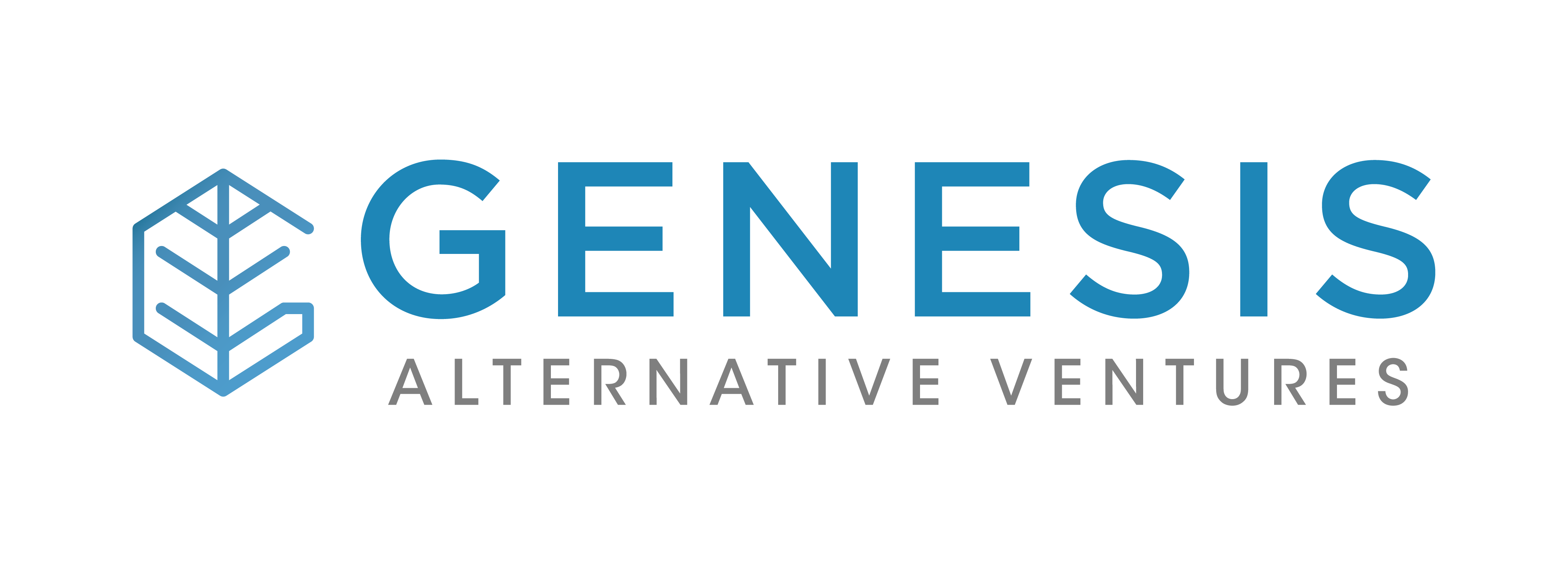Deal Structure for Venture Debt Success

Great companies that take venture debt often share several characteristics – solid business fundamentals with strong unit economics; a clear understanding of who the customer is; remarkable founders and leadership teams that execute well; and more often than not, top-tier equity sponsors that bring invaluable investing experiences with them.
A solid Deal Structure plays a vital role in Venture Debt success.
When companies think about raising venture debt, they often think about getting the lowest interest rate. However, there are other critical elements in a venture debt deal that are perhaps not as obvious and the venture debt deal structure is certainly one of them.
Like any well-built house, it is important to have a sound structure. A sound deal structure is no different. The optimal venture debt deal structure not only plays an important role in helping companies maximise their cashflow potential, but it also ensures alignment of interest between the lender and the borrower and serves as a foundation to help companies raise new equity rounds in the future at higher valuations. As Warren Buffett reminds us, “Only when the tide goes out that you learn who has been swimming naked.” Poor structuring could have a trickle-down effect that could hinder companies’ ability to repay which in turn becomes an obstacle to future equity raises.
Questions for every startup
Now I know you’re asking, “So what’s the most ideal venture debt deal structure?” First, we seek to understand what the debt is really being raised for (e.g. to fund working capital, growth expansion, refinance, acquisition)? Second, what is the real cash runway in the different growth scenarios? Third, how might a downturn (as we are experiencing now) affect the ability to repay?
Related Article : The Venture Debt Investors Journey in Southeast Asia
Depending on the answer to these (and many other) questions, we think about the kind of debt structure that would suit the needs of these companies. It can be an amortising term loan with a 2 to 3 year repayment period; a revolving line of credit (or revolvers); or even revenue-based financing where debt repayments are tied directly to the company’s revenues. No two businesses are the same, and so no two deal structures should be the same either.
Amortising Term Loan
What if a company wants to use venture debt to fund expansion, buy equipment or acquire another target company? For these longer-term assets, they should ideally be financed with longer-term liabilities such as term loans. The company borrows, say US$1m today, and pays a combination of principal and interest over the term of the loan with the entire amount being repaid by maturity. The exact terms will also vary from company to company depending on their risk profile.
Revolving Line of Credit
A revolving line of credit helps to smooth out fluctuations in working capital that seasonality or delayed invoice payments can cause. For instance, an eCommerce retailer wants to fund a seasonal inventory build-up between September to December for Christmas sales. This creates a need to fund the increase in inventory and account receivables.
Related Article: Launch of Southeast Asia Independent Venture Debt Financing Business
A revolver will be most useful in this scenario to cover for the company’s short-term operational cashflow needs. Unlike a term loan, the borrowings are repaid once the account receivables from the sales peak are collected, for example 60 days later.
Revenue-based Financing
This form of financing is mostly suitable for companies with high gross margins and subscription-based revenue models (such as SaaS). With a meaningful traction from the monthly recurring revenue and low churn, monthly repayments will be based on a certain percentage of the monthly top line revenue.
If you like to explore raising venture debt as part of your overall capital needs, drop us a note and we will work with you to understand your needs.
